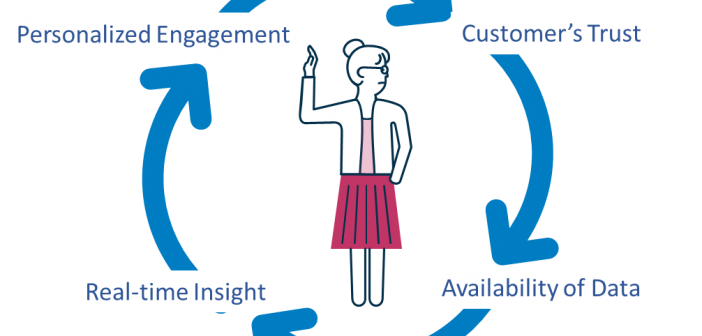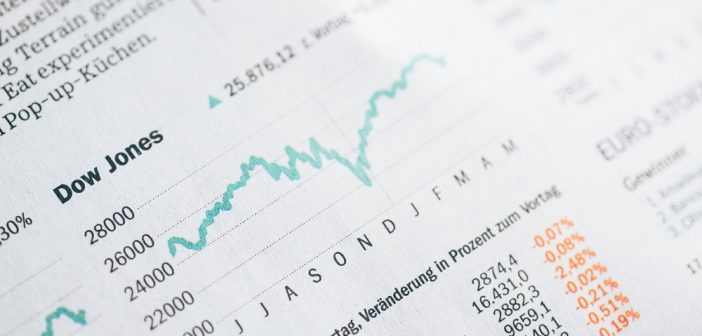
The CEO's themselves sponsor transformation projects, especially in the telecom branch because of the costs and level of influence required.

The CEO's themselves sponsor transformation projects, especially in the telecom branch because of the costs and level of influence required.

At SAS, we use the term “Intelligent Decisioning” to describe the type of technology needed to fill this gap. Read more about it.

Does your bank manager know who you are? Unless your net worth is unusually high, the answer is probably no, and that’s been the case for many years. Banks have been using statistical models to inform credit-related decisions since at least the 1970s, and today almost every aspect of operational

Governments, industry and academia are coming together to find solutions to the problems caused by COVID-19, which emerged in the city of Wuhan, China, in December 2019. Unsurprisingly, the life sciences and health care sectors are at the heart of the work. Health care may make most of the headlines,

Customer trust is the critical driving aspect for brands. Brands’ intention to gain more customer trust requires careful investigation of their processes against the trust cycle.

Cybercriminals are licking their lips at the prospect of businesses moving more of their services online. Machine learning can help your company keep the fraudsters at bay.

We've set up a Covid-19 task force to support you during this crisis. We offer free consultations and can provide recommendations.

The UK’s Royal College of Nursing says that workplace stress is often cited in compensation claims, and frequently associated with inadequate staffing levels.

By transferring non-differentiating activities to modular industry utilities, banks could potentially improve return on equity by 60 to 100 basis points.

In some cases, recovery provides immunity to future infections, however the evidence currently available for COVID-19 cannot confirm this immunity stage.